
More Praise for When
Stuart Albert has given us an important, witty, and, yes, timely book about the role of timing in our decision-making. He helps us see that the timing of decisions lies within our control and that doing a timing analysis and having a temporal design remains key to the success of any new venture. With examples not only from the business world, but also from politics and the arts, Albert reveals the fascinating complexity of something that we all engage in and yet rarely think about. What St. Augustine said about time applies as well to timing: If no one asks, I know what it is. If I wish to explain it I do not know. This book does a fabulous job of explaining timing; read it and you will know.
Thomas Fisher, dean, College of Design, University of Minnesota
Stuart Albert takes us to a whole new level of understanding of the role of time. We learn how to see windows of opportunity, identify when risks materialize, and map rhythms, rates, sequences, and intervals so as to be able to see their patterns and act in the right moment. When is a gift to those wanting to learn not just what to do but when to do it, as we attempt to lead in a dynamic, unfolding world.
Deborah Ancona, Seley Distinguished Professor of Management and professor of organization studies, MIT, and director, MIT Leadership Center
Cover image: Adrian Morgan
Cover design: Laurence Mouton | Getty Images
Copyright  , 2013 by John Wiley & Sons. All rights reserved.
, 2013 by John Wiley & Sons. All rights reserved.
Published by Jossey-Bass
A Wiley Brand
One Montgomery Street, Suite 1200, San Francisco, CA 94104-4594 www.josseybass.com
No part of this publication may be reproduced, stored in a retrieval system, or transmitted in any form or by any means, electronic, mechanical, photocopying, recording, scanning, or otherwise, except as permitted under Section 107 or 108 of the 1976 United States Copyright Act, without either the prior written permission of the publisher, or authorization through payment of the appropriate per-copy fee to the Copyright Clearance Center, Inc., 222 Rosewood Drive, Danvers, MA 01923, 978-750-8400, fax 978-646-8600, or on the Web at www.copyright.com. Requests to the publisher for permission should be addressed to the Permissions Department, John Wiley & Sons, Inc., 111 River Street, Hoboken, NJ 07030, 201-748-6011, fax 201-748-6008, or online at www.wiley.com/go/permissions.
Limit of Liability/Disclaimer of Warranty: While the publisher and author have used their best efforts in preparing this book, they make no representations or warranties with respect to the accuracy or completeness of the contents of this book and specifically disclaim any implied warranties of merchantability or fitness for a particular purpose. No warranty may be created or extended by sales representatives or written sales materials. The advice and strategies contained herein may not be suitable for your situation. You should consult with a professional where appropriate. Neither the publisher nor author shall be liable for any loss of profit or any other commercial damages, including but not limited to special, incidental, consequential, or other damages. Readers should be aware that Internet Web sites offered as citations and/or sources for further information may have changed or disappeared between the time this was written and when it is read.
Jossey-Bass books and products are available through most bookstores. To contact Jossey-Bass directly call our Customer Care Department within the U.S. at 800-956-7739, outside the U.S. at 317-572-3986, or fax 317-572-4002.
Wiley publishes in a variety of print and electronic formats and by print-on-demand. Some material included with standard print versions of this book may not be included in e-books or in print-on-demand. If this book refers to media such as a CD or DVD that is not included in the version you purchased, you may download this material at http://booksupport.wiley.com. For more information about Wiley products, visit www.wiley.com.
Library of Congress Cataloging-in-Publication Data
Albert, Stuart, 1941
When : the art of perfect timing / Stuart Albert. 1 Edition.
pages cm
Includes index.
ISBN 978-1-118-22611-7 (hardback), 978-1-118-41950-2 (ePDF),
978-1-118-42109-3 (ePUB)
1. Time management. I. Title.
HD69.T54A43 2013
650.1'1 dc23
This book is for Rosita
Preface
Conventional wisdom suggests that any attempt to understand timing is futile. No one, it is said, can time the market or credibly predict the future. The world is too complex. There are too many unknowns. Every situation is different in some important way that makes past experience an imperfect guide. Moreover, sometimes getting the timing right is just a matter of luck, being in the right place at the right time with the right product or service. There is an element of truth in all of these observations. But the view that we cannot acquire skill in matters of timing is not only overly pessimistic; it is simply not true. With the right tools, we can be far better at managing and deciding issues of timing than conventional wisdom suggests. This book describes the nature of those tools and how to apply them.
For me, the key insight into issues of timing came in 2004. I was working in a makeshift office in my mother-in-law's apartment in So Paulo, Brazil. My wife and I were staying there as Dona Ella fought her final battle with cancer. A life was ending, and time was on my mind. Each morning, the cold winter sun would brighten the dark rosewood wall in our bedroom, and I would listen for the sound of the rooster that had always been present in past visits. But this year the rooster was silent. The last sounds of the city's rural past had vanished. In this apartment, where we had stayed during summers and Christmas vacations for more than thirty years, I discovered the concept of temporal architecture that forms the heart of this book. Although I didn't quite realize it at the time, this concept opened up a new way to approach the challenge of timing.
When I first began the study of timing in the spring of 1991, I made an explicit decision not to follow the norms of my profession. I am a professor in a business school, trained in the hard and social sciences. In contrast to the work of my colleagues, there was no hypothesis or explanation of the facts that I needed to test, no controlled experiments to run or large-scale surveys to administer. I didn't need a computer to analyze the data or build mathematical models. I didn't need statistics because there was nothing to count or measure. In short, I didn't need any of the sophisticated tools of modern social science. Instead, I went back to the time before they were invented. I became a hunter-gatherer.
I read the New York Times, the Wall Street Journal, and the Economist cover to cover and clipped out every article, regardless of subject matter, that had anything to do with timing. I paid particular attention to timing errors: an action begun too soon or too late, a project unexpectedly delayed, and a sound business that, to everyone's surprise, collapsed overnight. In each case, I tried to determine how better timing could have improved the outcome.
I slowly began to create a classification system to keep track of the clippings I was acquiring, now over two thousand. This was not just an academic exercise. One reason we fail to see timing issues in advance is that we don't have a practical way to search for them. The best way to find anything is to give it a name and address within a known structure. That is what this book will do: give you a way to find, name, and address timing issues anywhere in your work and life.
Next page
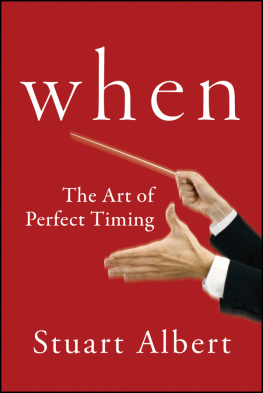


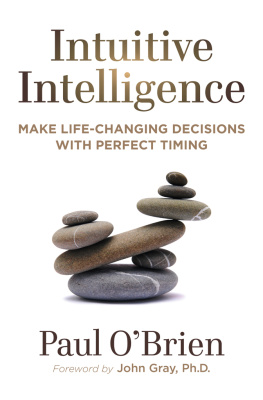

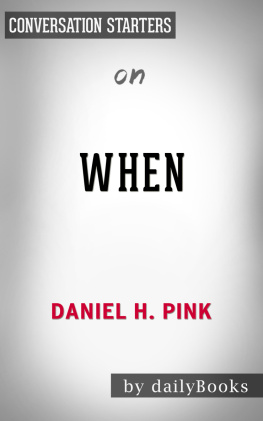



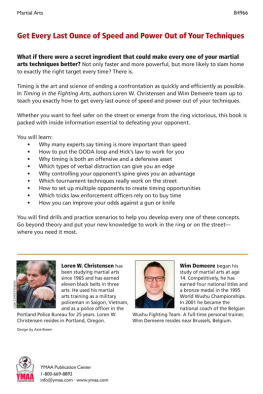

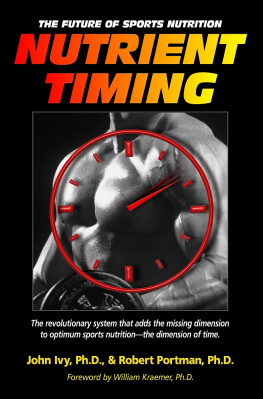

 , 2013 by John Wiley & Sons. All rights reserved.
, 2013 by John Wiley & Sons. All rights reserved.